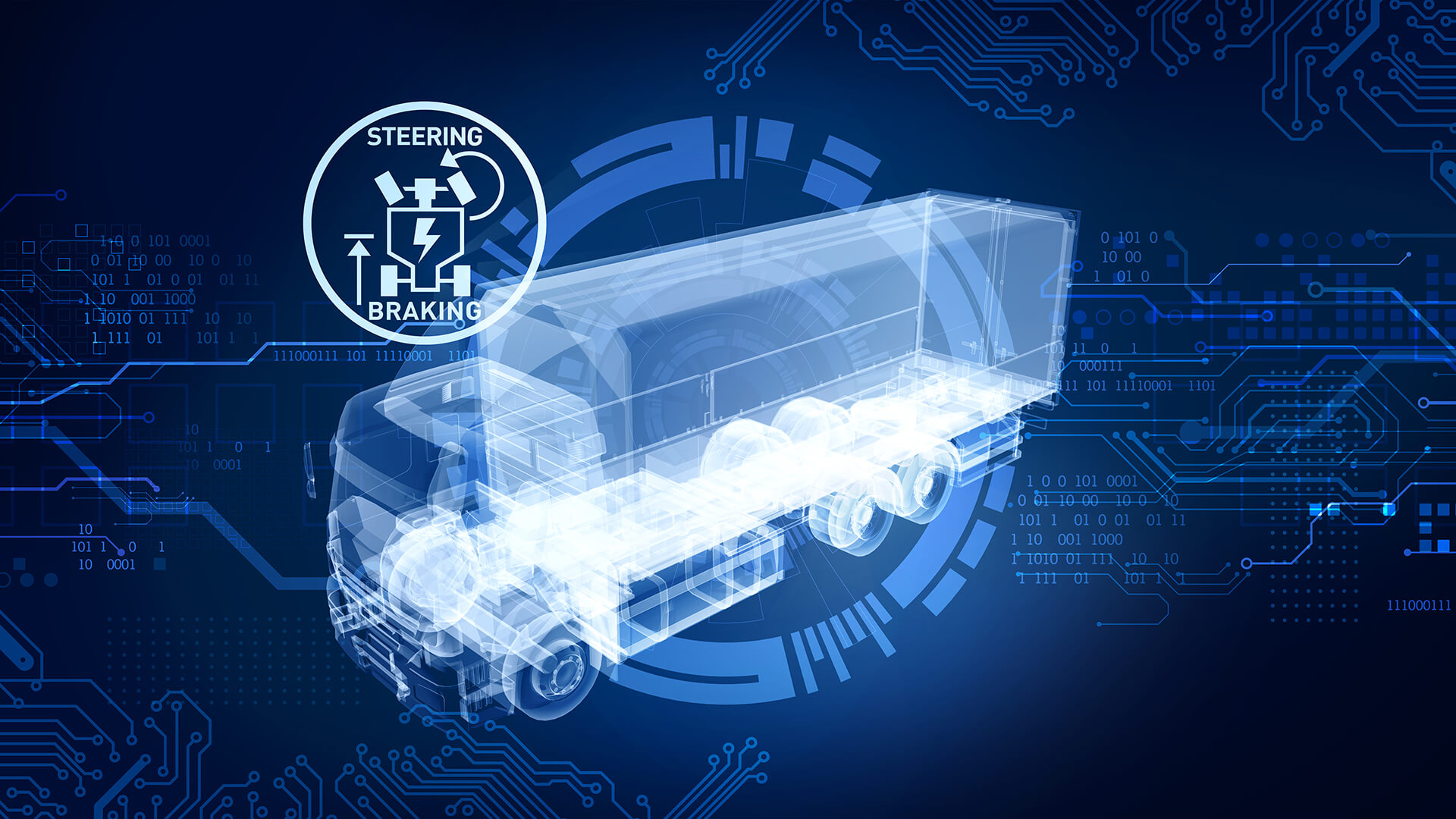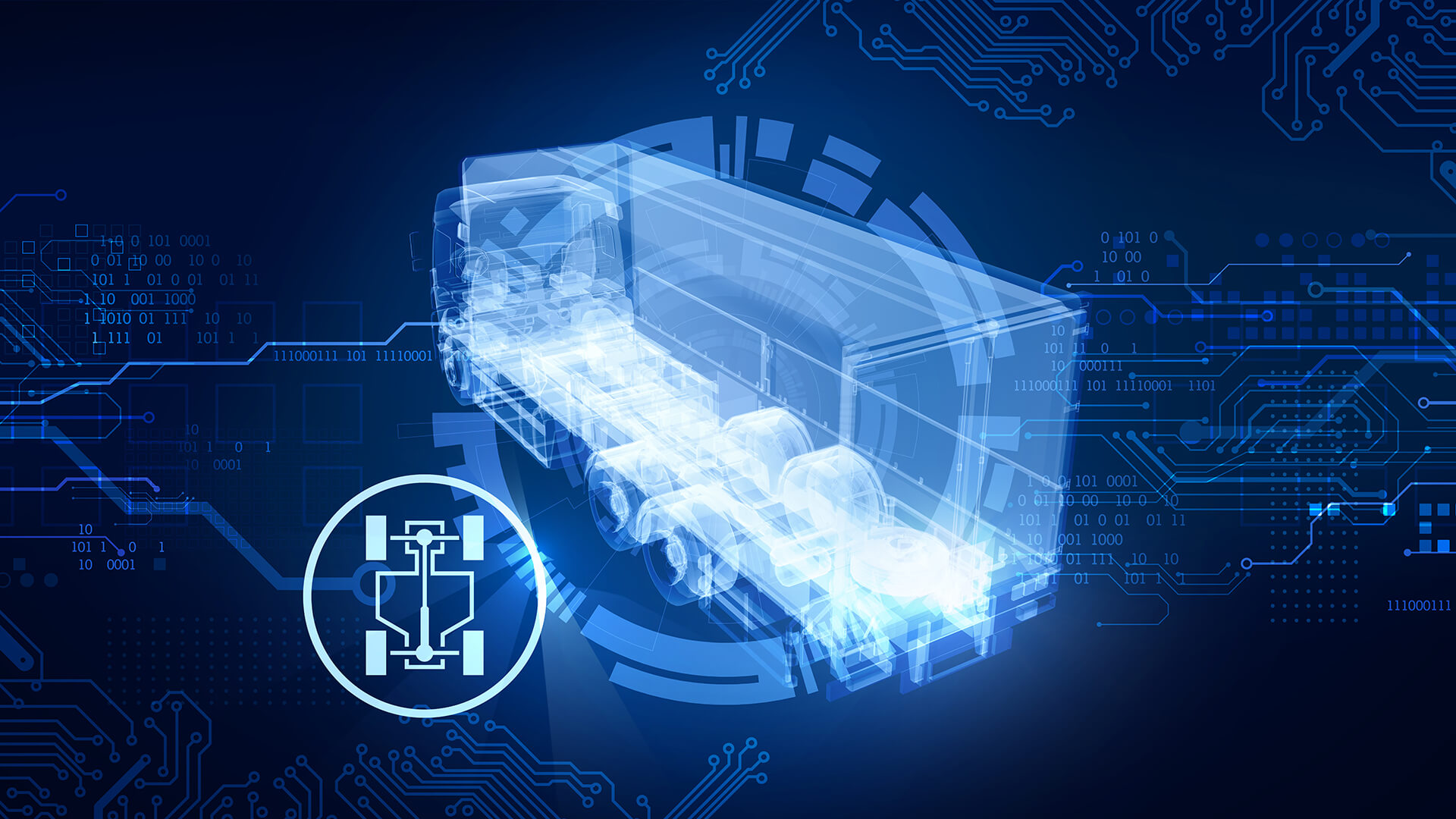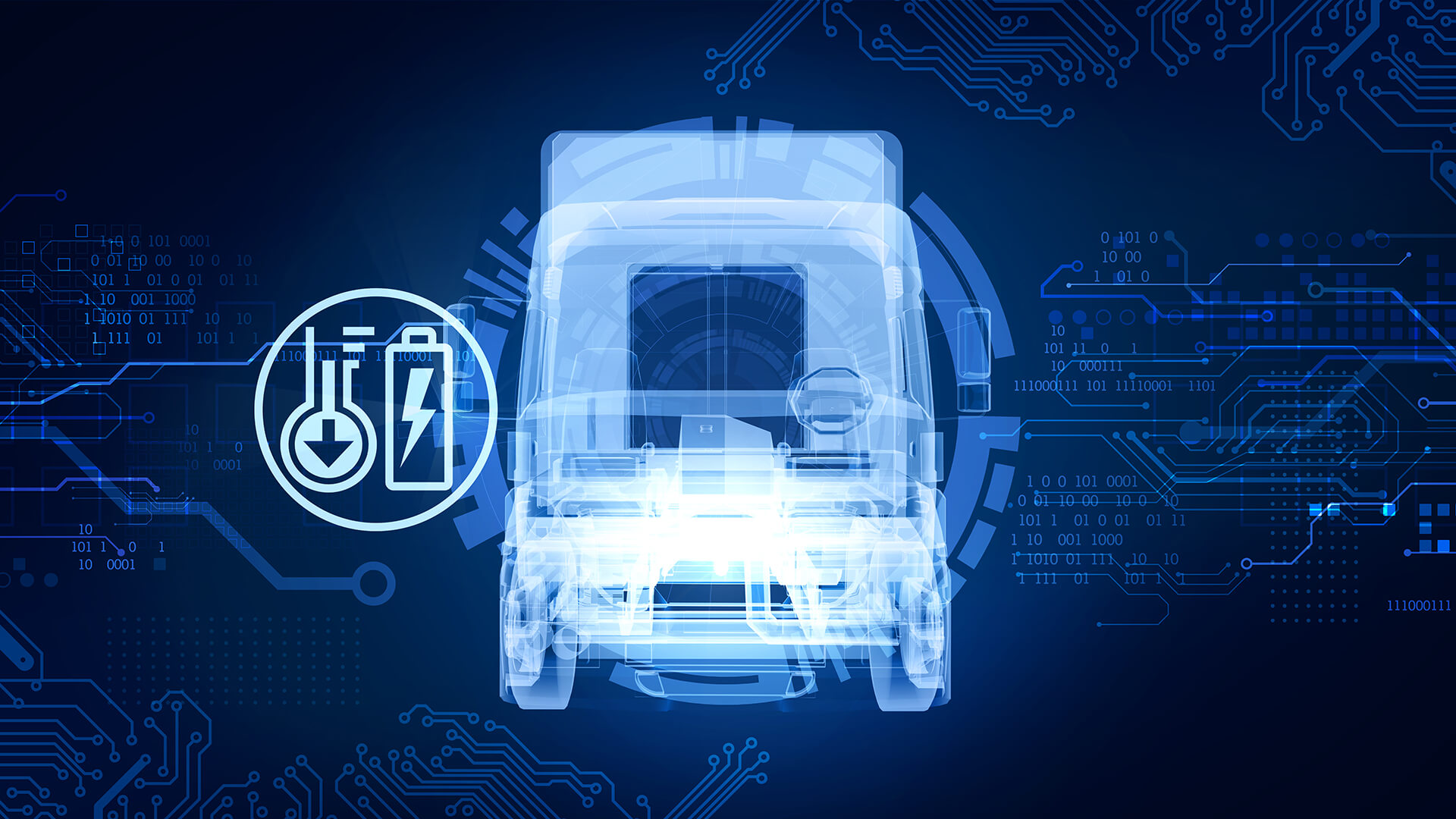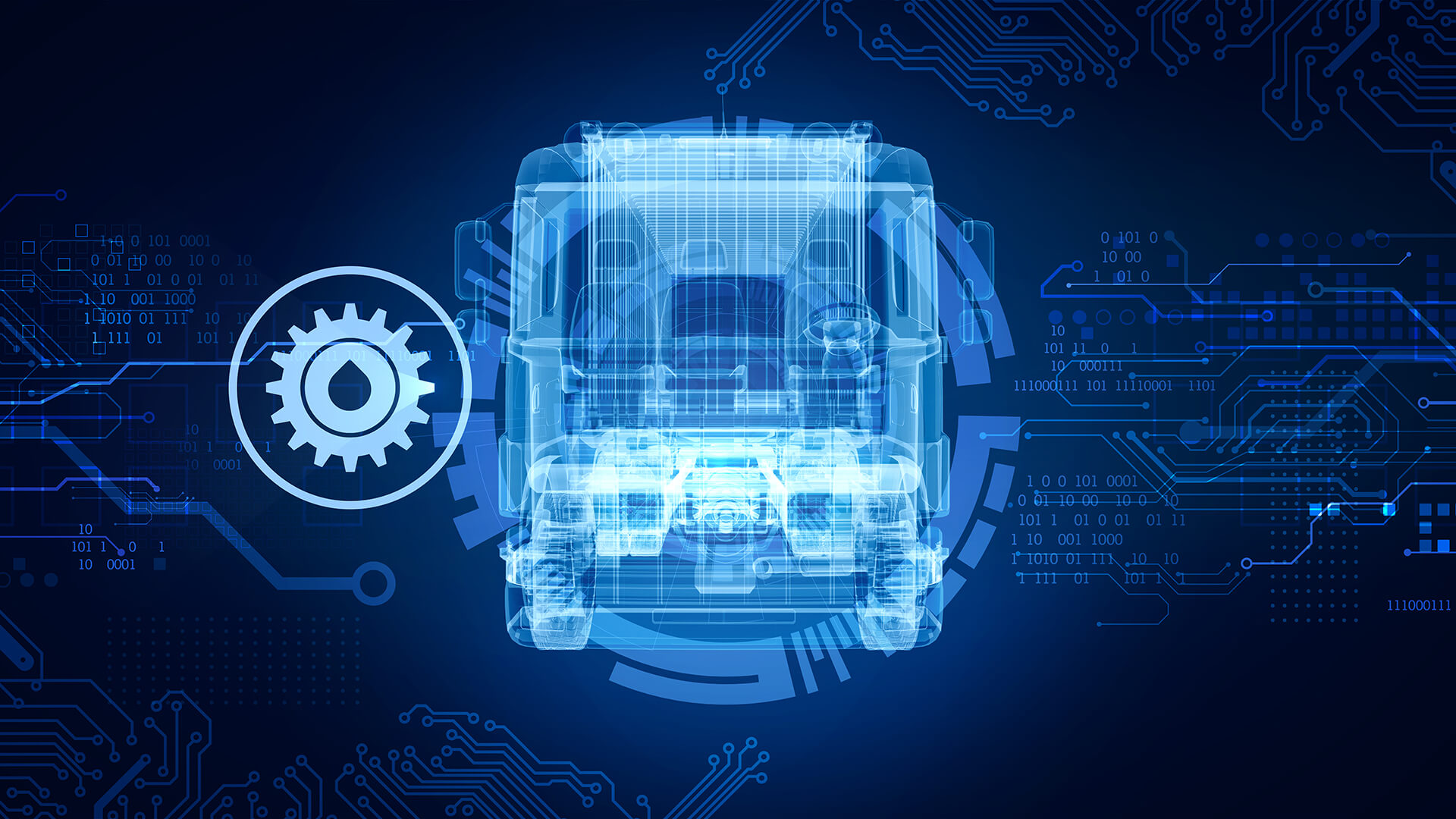
E-AUXILIARIES/STEERING
The new emission standards for heavy goods vehicles set very strict CO2 reduction targets: -15% in 2025 and -30% in 2030. In addition to the continuous optimization of the internal combustion engine (ICE), the electrification of auxiliaries in the engine area offers a path to cleaner and more efficient transportation.

POWERTRAIN
The new heavy-duty emissions standards specify precise CO2 reduction targets: -15% in 2025 and -30% in 2030. Thus, heavy-duty vehicles will require significant optimizations, including the electrification of auxiliaries and ICE improvements. For example, diesel engines will require finer air and heat management of many key technologies such as exhaust gas recirculation, air intake throttle, back pressure valve exhaust and turbocharger.

THERMAL MANAGEMENT
Multi-circuit cooling systems require ever more technical, compact and reliable solutions while ensuring reduced energy consumption. Thermal management (of fluids and air) makes it possible to reduce CO2 emissions and to regulate more precisely the operating temperature of aggregates on hybrid and electric vehicles.


